What Is Drawn Animation? (Everything You Need to Know about It!)
17/10/23
Author: Florencia Corazza
9 min reading
Video Production


Before computers and CGI, drawn animation was the dominant technique in animated film. I’m sure you’ve come across it before, as many Disney classics and even anime movies feature this timeless art form. However, few people are familiar with the painstaking process that was required to bring these fantastic universes to life.
That’s why, in this piece, I’m going to walk you through the creative process behind it and share a bit of history and some cool examples. This way, you’ll learn everything there’s to know about hand-drawn animation. Ready to get started?
Table of Contents
What Is Drawn Animation?
Traditional hand-drawn techniques, also called “cel animation,” were primarily used in the film industry to create and animate characters, and tell stories through them. Nowadays, it’s not as popular, although it’s still used to give videos a unique look.
This is how it was done:
1- First, the process began by making a series of storyboards that showed how the story would look. Each frame was drawn and painted by hand on a separate piece of clear paper.
2- Then, that paper was perforated and attached to a peg bar that held the worksheets firmly in place, so they wouldn’t move around during the rest of the process.
3- After that, all the illustrations were transferred to a thin, clear plastic sheet called “cel,” which is short for celluloid, the material they were made of. Back then, the background was static and traditionally painted on the back of those cels using watercolors or oil paints.
4- Once all the sequences had been loaded onto the cels, the photography process began. The photography team would first assemble the composition by placing the cel sheets needed for a frame over the background. Then, a piece of glass was put on top of the frame, and peg bars were attached to prevent anything from moving. Once the frame was ready, the artist would take the picture using specialized cameras.
Each stage of this process would be repeated for every frame of the movie or video. When all the shots were been taken, they’d be sent to be developed and processed.
The beauty of the hand-drawn technique lies in that the artist can work on each frame individually, allowing them to enhance the characters by adding intricate details and refining their movements to make them look more realistic.
A Little History of Drawn Animation
As you probably already know, this was the most popular form of animation and the dominant technique until the birth of CGI. In fact, it was widely used in the United States, mainly in Walt Disney’s creations. However, those productions weren’t the only remarkable ones in the visual arts industry back then. So, let’s take a trip down memory lane:
1937 – Snow White and the Seven Dwarfs
Walt Disney’s Snow White and the Seven Dwarfs is considered by many the very first animated feature film, despite at least seven movies having been released before it. However, this Disney film was the first one to be made entirely with the hand-drawn animation technique.
In this scene, you can notice that the background is static and features an oil-painted texture. On the other hand, the characters and the objects they interact with are brighter and more defined because they’re animated.
1940 – Pinocchio
Pinocchio was Disney’s second animated feature film, and it was based on the Italian children’s novel “The Adventures of Pinocchio” by Carlo Collodi. What sets it apart from its predecessor is that it features a highly realistic approach. Characters were almost literally brought to life with fluid and seamless movements, setting a new standard in the field. The movie amazed audiences with outstanding effects such as the fairy dust, the stunning ocean water, and the realistic whale.
1988 – Akira
In Japan, as well, many animation studios have used drawn animation to create iconic masterpieces that have become hand-drawn anime cult films.
Akira is, without a doubt, one of the most famous Japanese animated films of all time. It presents a cyberpunk vision of Tokyo, a city built on the ruins of the old Japanese capital destroyed after World War III.
This renowned hand-drawn anime is celebrated for its animation because each frame shows serious attention to detail and depth. But what makes this movie particularly special is the use of light not only to brighten up the scenes but also to express concepts. For example, the authority of the police is seen in a particular scene as an intense and blinding light.
On top of that, the artists created light with different tones, shapes, and textures to resemble real-world lighting. There is a difference between a lamp light or a neon street sign, or how all these lights reflect on a face. The artists tried to represent these differences in their creations (and they achieved it!). And, if that is not enough, this focalized lighting was completely hand-drawn!
2001 – Spirited Away
Spirited Away is another Japanese hand-drawn animation film, but this one was created by Hayao Miyazaki and Studio Ghibli and became the highest-grossing film in Japanese history. It even won the Academy Award for Best Animated Feature, making it the only foreign film to have ever won in this category.
In Spirited Away, we can see the mastery required to use traditional hand-drawn anime techniques to create scenes of such quality. The extreme attention to detail, color, and movement continues to appeal to today’s audiences.
Even Disney recognized the genius of its creator, Miyazaki, and, a year after its release in Japan, partnered with Studio Ghibli to re-release the film in English and bring it closer to the Western audience.
How Is Drawn Animation Done Today?
This technique has evolved a lot since Snow White and the Seven Dwarves. Nowadays, animators who want to create a video in this style can use another technique called “digital ink and paint,” which is similar to the traditional one. The main difference is that it allows them to scan completed drawings and backgrounds into digital mediums instead of transferring them to cells. Moreover, they can work directly on a computer monitor or tablet, using specialized software to add and process colors.
The digital drawings are then composited onto their corresponding backgrounds, which can also be digitally painted. Finally, the computer generates the film by exporting it as a digital video file.
On the other hand, new forms of drawn animation have emerged in the last decades that have revolutionized the video production industry. Here are some of them:
2D Animation
This style showcases some hand-drawn techniques, such as featuring flat characters, objects, and scenarios (flat being the keyword here), but is created entirely with digital programs.
This is the most popular style in video marketing and entertainment productions because of its aesthetic, its ability to simplify information through storytelling, and its lower cost compared to other animation styles.
(Example of 2D animation by explainer video company Yum Yum Videos.)
CGI/3D Animation
Unlike characters in drawn animation, 3D ones are entirely modeled in a software program. Then, they’re given a structure with volume that allows animators to manipulate and pose them.
During the animation process, they’re positioned at specific keyframes, and the computer calculates and performs the interaction between these frames to create lifelike motion.
For that reason, 3D videos are more precise and have smoother transitions and details than drawn pieces. What’s more, 3D animation allows professionals to give their creations a certain depth, perspective, and shadows that other styles can’t.
Today, this is the ideal style for product videos because it gives the viewer an immersive visual experience. The downside to 3D animation is that it can often be very expensive to produce compared with 2D animation videos.
Animation In Business
Nowadays, drawn animation can sometimes be found in cartoons and movies, but not really in business. In this area, it’s mostly the 2D and 3D animation styles that are used to create different types of marketing videos. Let me show you some of them:
Educational Videos
These kinds of videos offer a highly visual and interactive approach to learning, making complex concepts more understandable and engaging. To achieve this, they leverage animation, audio narration, and textual information to cover topics from academic knowledge to practical skills. In a business setting, educational videos allow companies to share industry information and establish themselves as an authority voice in the market.
Explainer Videos
These 2D animation videos are engaging, straightforward, and concise explanations of a business idea. What makes animated explainer videos stand out from other video styles is that they harness the power of dynamic visuals to communicate complex concepts in simple terms. They’re valuable for reaching diverse audiences because they’re highly engaging and easy to share across multiple platforms, including social media and blog posts.
There’s an explainer video style called “whiteboard animation video” that’s visually similar to the drawn animation technique. Videos in this style look like the characters and the story are being drawn by hand on a whiteboard.
Commercial Videos
If you want to showcase a product or a service, this is the perfect way to do it! Commercial videos can help show what you have to offer to the world attractively and engagingly. They also allow you to convey your brand’s personality in just a few seconds, making it easier to connect with the audience and ultimately convince them to purchase from you.
Wrapping Up
As you can see, film animation has come a long way since the beginning of the 20th century til now. From hand-drawn animation to CGI animation. But the story has always been the key, no matter how much the animation process has evolved.
Now, that key allows you to emotionally connect with your audience through explainer videos or animated educational videos. You can reach a much wider audience and ensure that what you want to share with the world reaches the right people.

Florencia Corazza – Content Writer and Co-Editor
A skilled writer, translator, and co-editor for our web and blog content. As a self-defined "wordsmith," she’s talented in adapting the latest marketing news into all kinds of digital formats. If she’s not watching the latest Sci-Fi show on Netflix, then can find her tending to her perfectly reasonable number of plants.

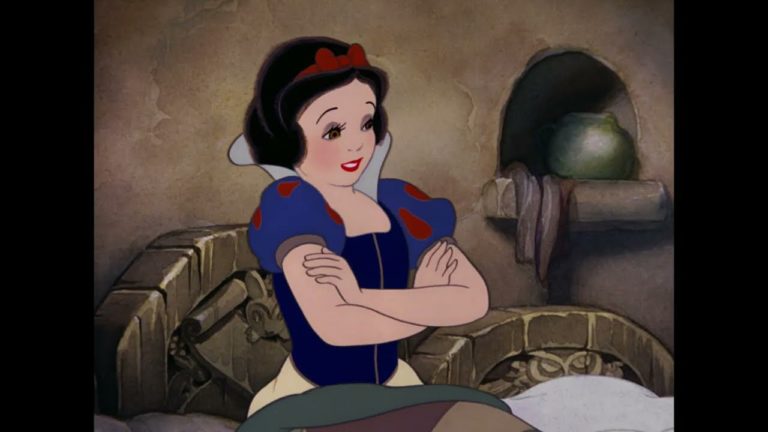
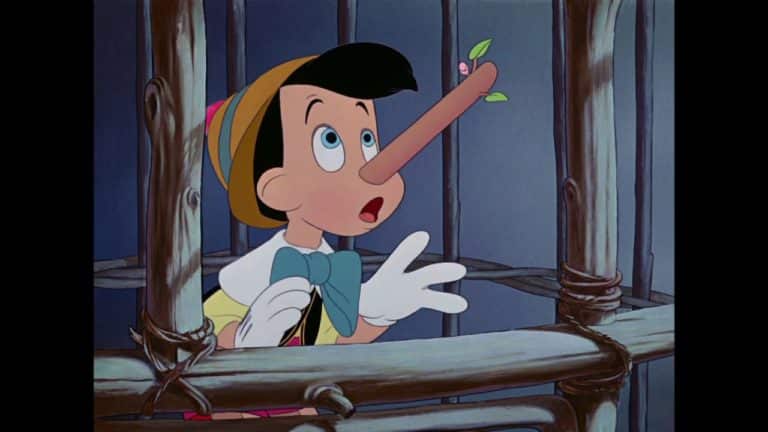
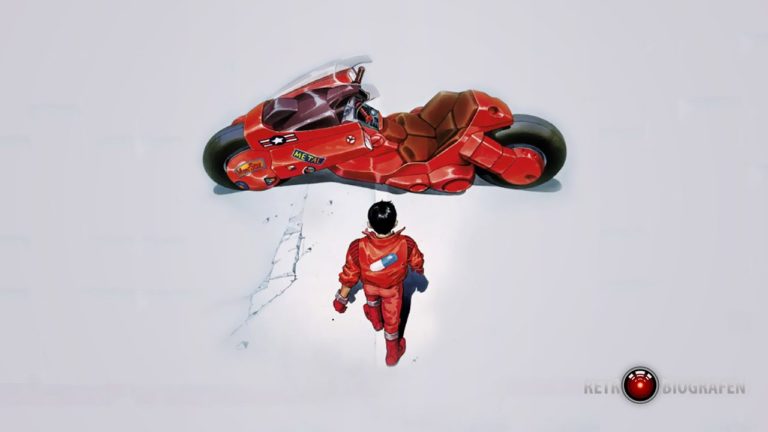
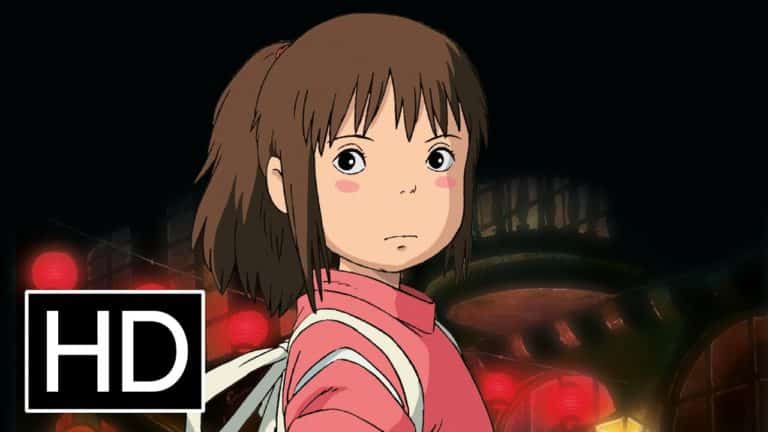
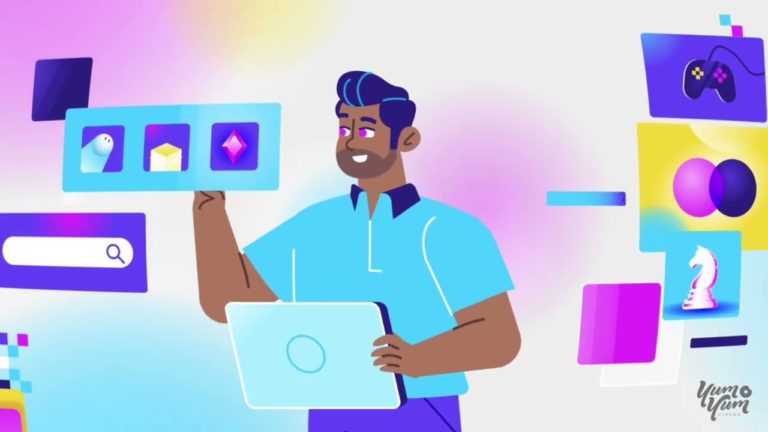
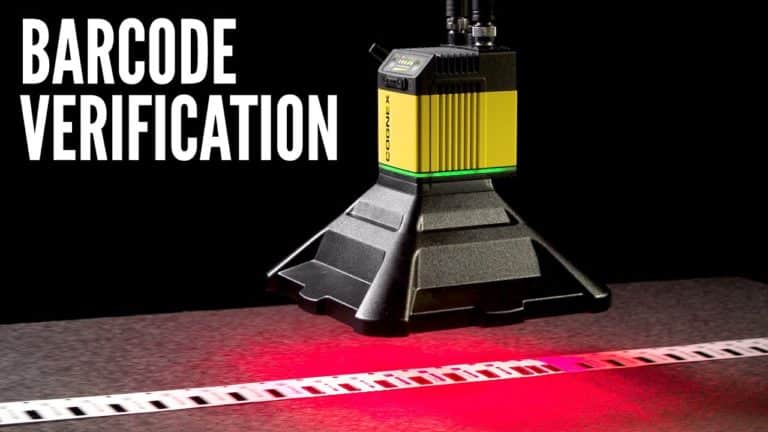
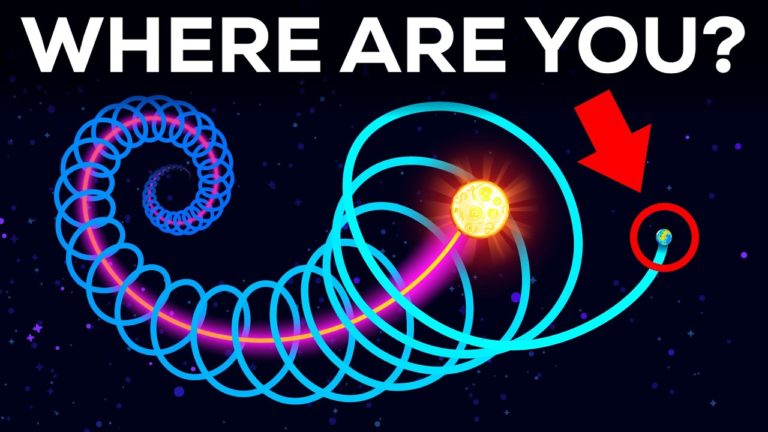
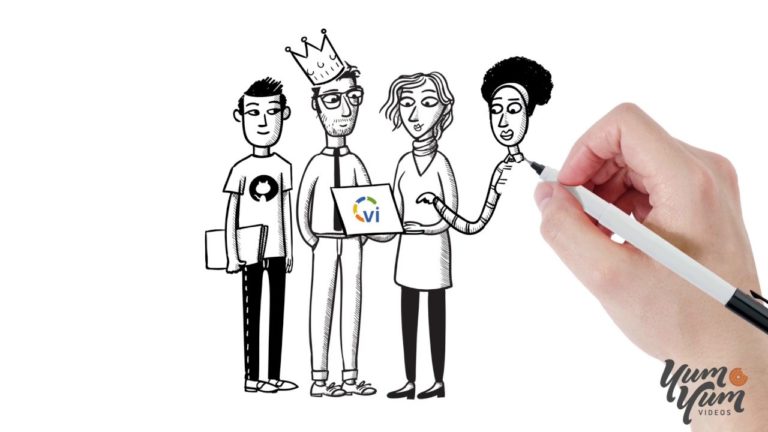


![What Is an Explainer Video? [With Examples and Meaning] 23 What is an explainer video?](https://www.yumyumvideos.com/wp-content/uploads/2023/10/pomvom-explainer-video-by-yum-yu-2-400x225.jpg)

